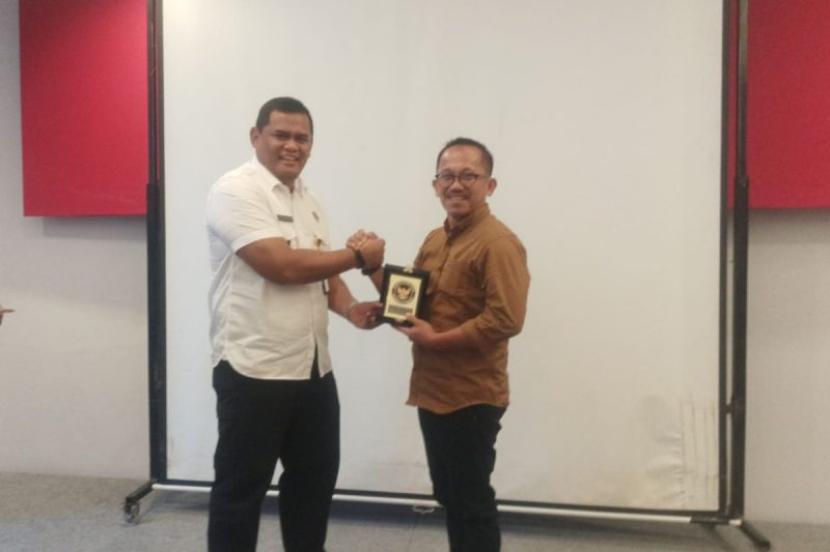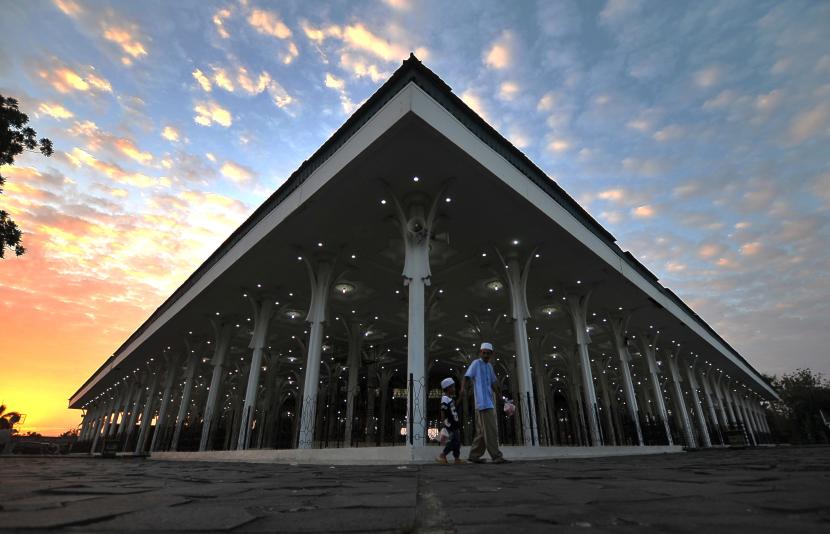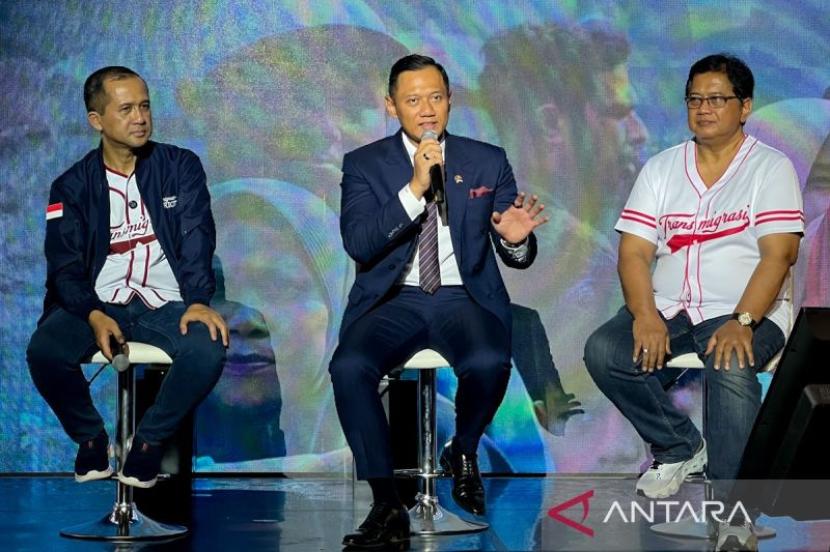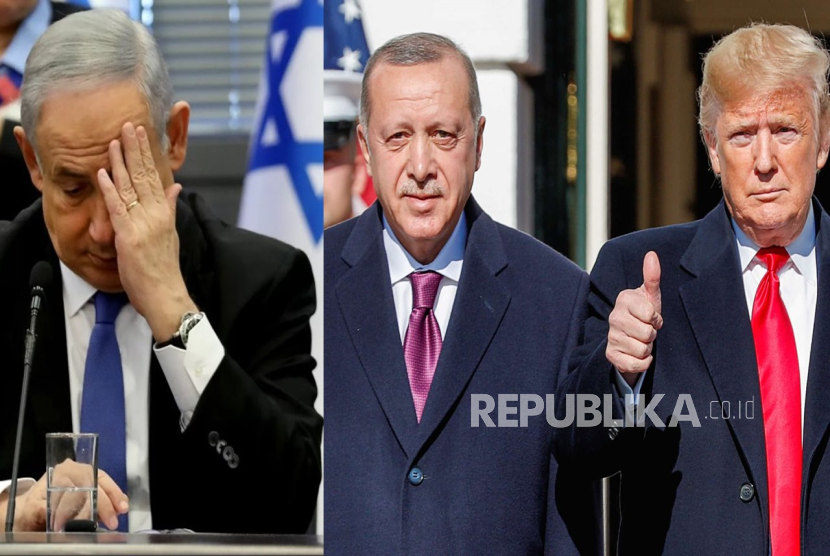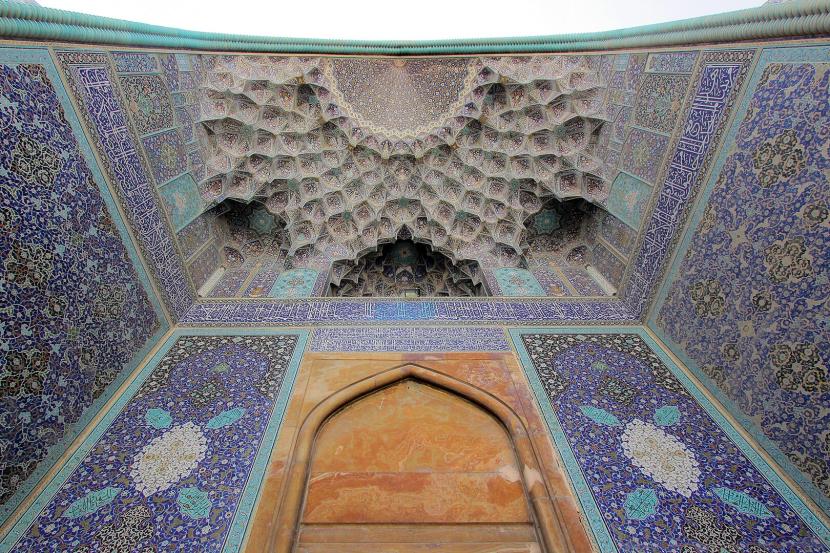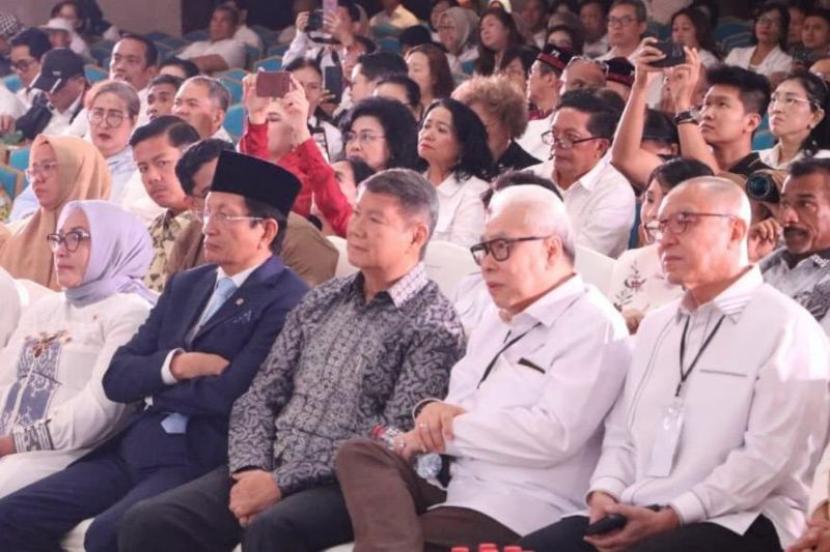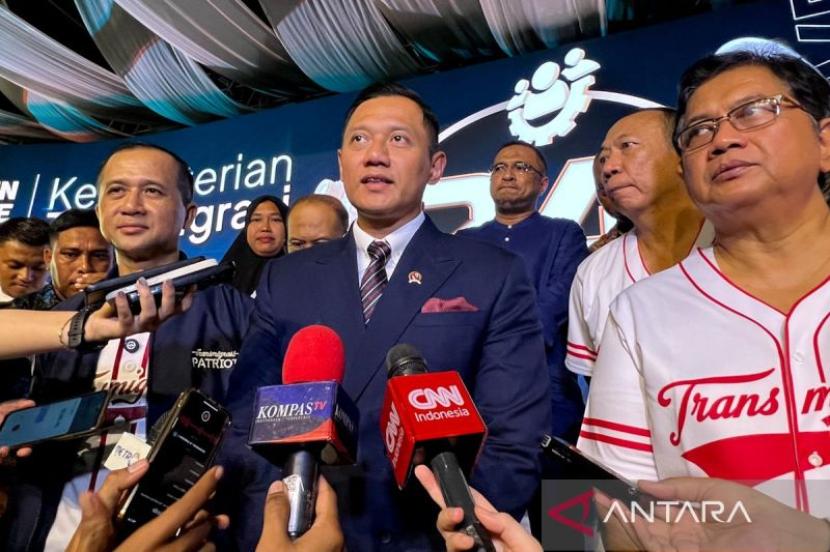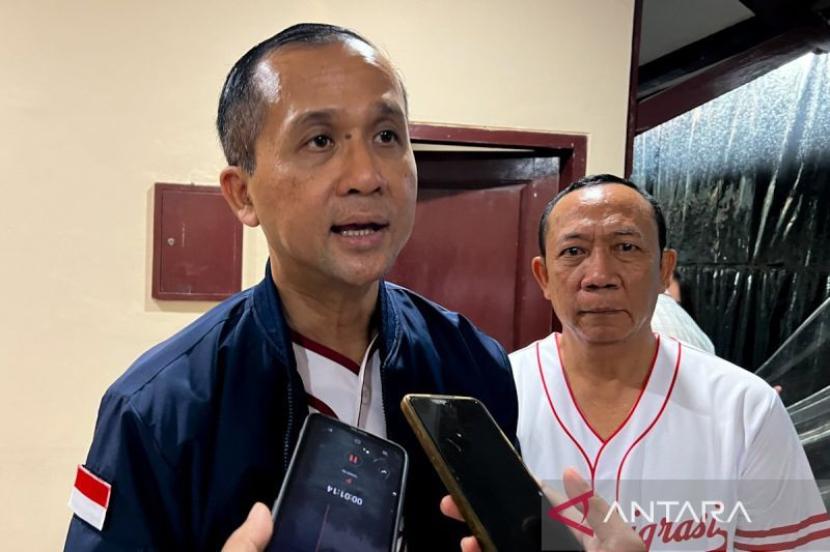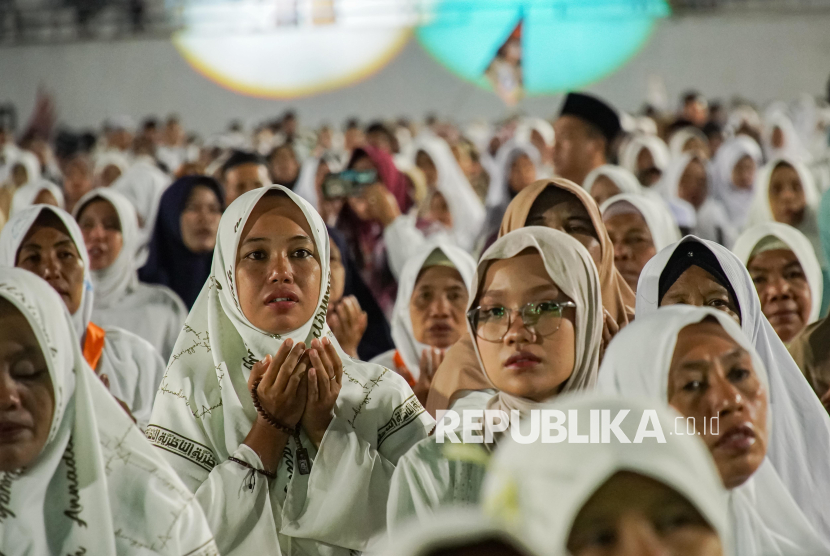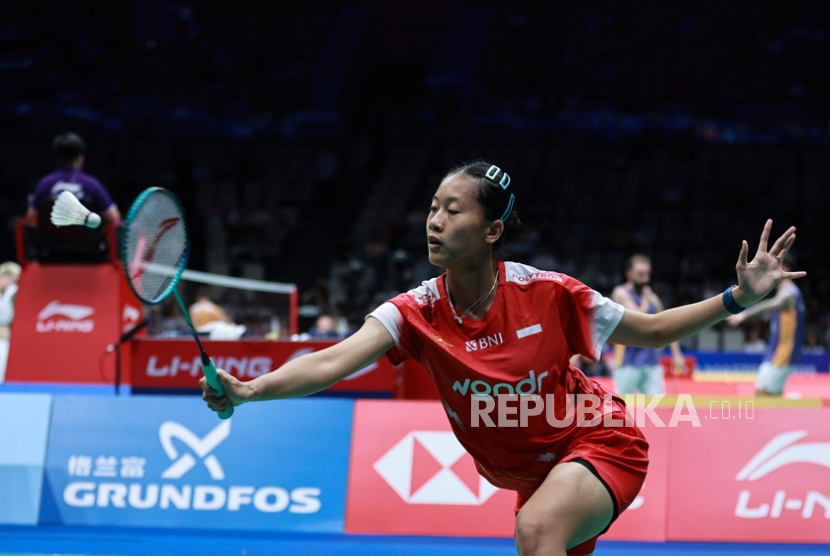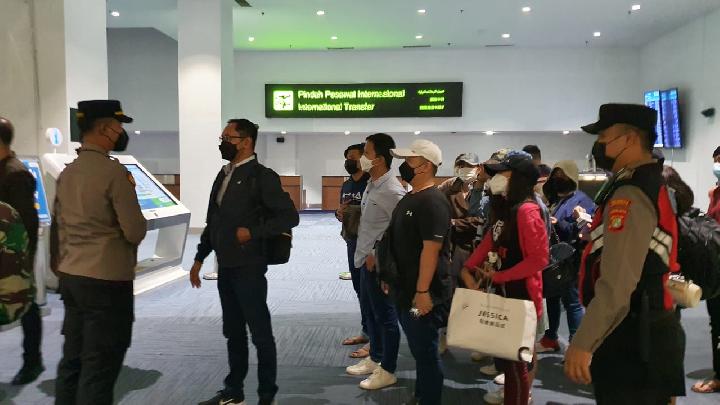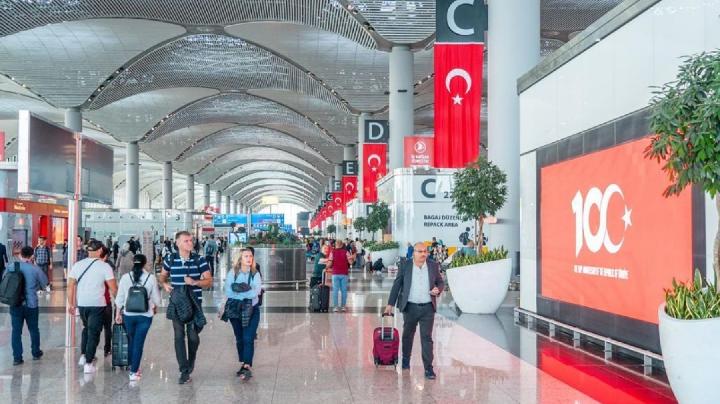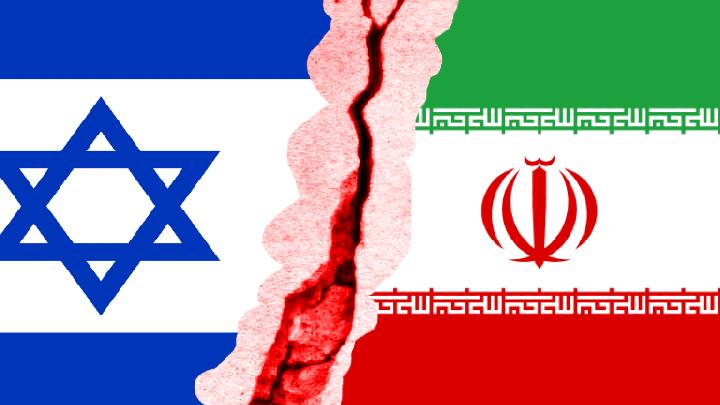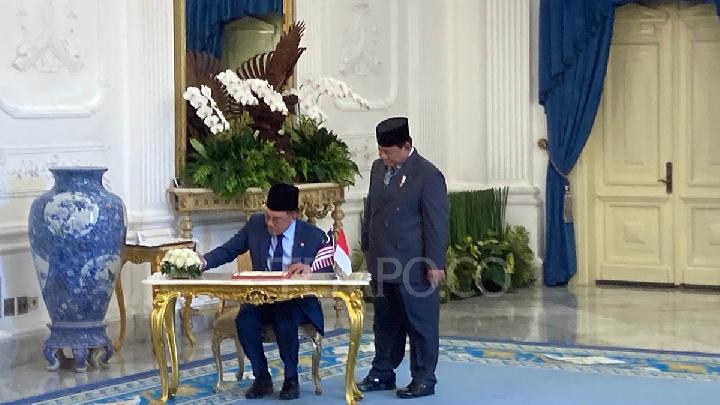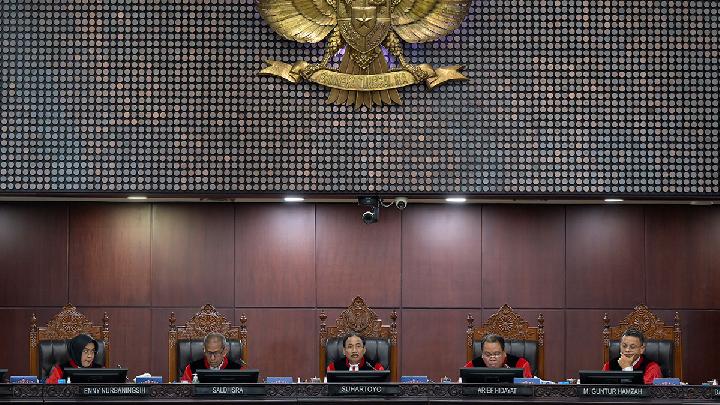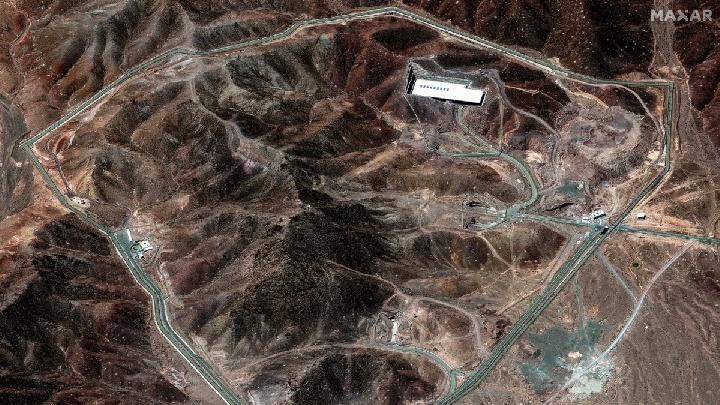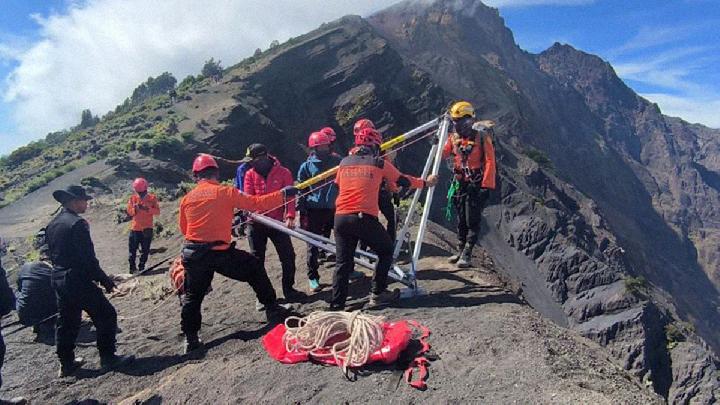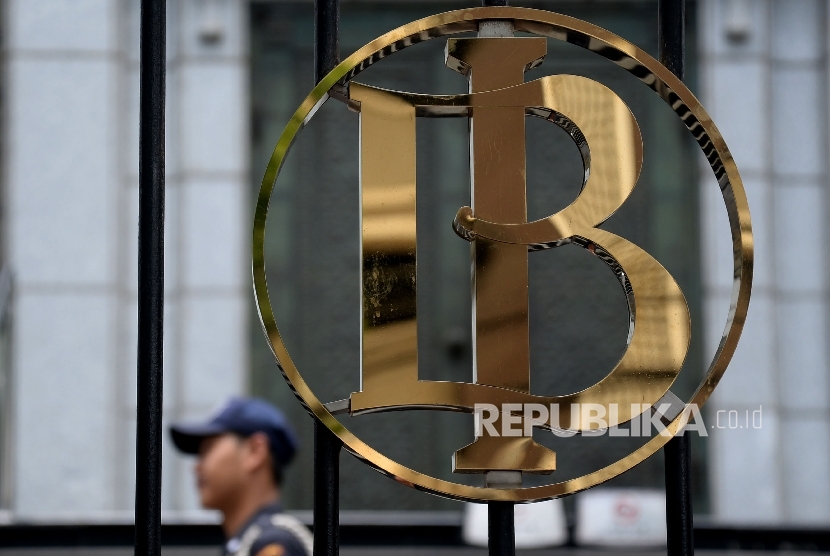By: Antonio Campati and Veronica Riniolo, Catholic University of Sacred Heart, Milan
Talking about youth political participation means confronting two main issues. On one hand, there is a dominant narrative portraying young generations as apathetic or disengaged from the future of their communities. On the other, from a more scientific standpoint, the challenge lies in understanding what political participation means today in an increasingly digital, multicultural, and disintermediated context.
New research commissioned by the Istituto Toniolo di Studi Superiori, based on unpublished data from Ipsos, explores the dynamics shaping the relationship between young people (aged 18 to 34) and politics today.
What is political participation?
First of all, there is no universal consensus on the definition of political participation. Interpretations range from traditional institutional views — limiting participation to behaviours aimed at influencing government decisions and selecting representatives — to broader conceptions that hold everything as political.
This spectrum shapes how we describe youth political activism, with narrow definitions excluding emerging forms of participation, while overly broad ones risk diluting the concept.
Adding to this complexity are the transformations of democratic regimes both internally — regarding decision-making, participation, and deliberation — and internationally, where democratic backsliding threatens global geopolitical stability.
Youth participation intersects with both levels. While young people often focus on national issues, they increasingly engage in global debates, especially environmental concerns. The question is how do they make their voices heard, and what factors influence their interest and engagement?
A new political elite?
To grasp whether there are uniquely youth modes of participation, it’s necessary to recognise the profound changes in the social and political landscape, particularly the rise of new public actors like influencers and celebrities. These figures no longer play a passive role; through social media, they shape election campaigns, promote referenda, and mobilise segments of public opinion.
In recent years, the relationship has shifted from politicians recruiting influencers to boost campaigns to influencers engaging with politics on demand or even running for office themselves. This raises key questions: To what extent can political influencers mobilise youth participation both online and offline? Can they act as agents of political socialisation, akin to family or peer groups?
Recent research suggests young people view influencers as more “genuine” and “relatable” than professional politicians or journalists. Influencers are seen as ordinary citizens whose messages appear more trustworthy, free from strategic interests that often colour traditional political communication. This proximity can amplify their influence, particularly through social platforms like YouTube, where political content is seen as more modern and engaging than traditional media.
Moreover, following political influencers correlates with higher youth participation, particularly in short-term, cause-specific actions. Influencers thus serve as significant sources of political information, boosting young people’s internal political efficacy by simplifying complex issues with accessible language.
However, there are risks. Simplification can lead to opinion manipulation, especially among those with limited critical skills or when influencers lack political expertise. Studies reveal young people perceive a risk of manipulation in political videos on YouTube, unlike traditional media seen as more reliable. Additionally, when influencers promote distrust in parties or institutions or adopt populist tones, they may undermine young people’s external political efficacy, pushing them away from institutional politics.
The relationship between youth, influencers, and politics is thus complex and ambiguous, with both optimistic and pessimistic interpretations.
Measuring youth political participation today
These changes call for a critical reassessment and redefinition of political participation. The criteria for what counts as political participation must evolve, especially given the influence of actors previously considered outside the political sphere.
This is a key methodological challenge because it affects what data is collected and how we interpret youth engagement. For example, survey questions like “Do you attend political rallies?” may no longer capture the full landscape of youth political activity.
Across Europe, the political engagement of young people has become a growing concern for institutions and policymakers alike. The European Union has responded with initiatives such as the EU Youth Dialogue and the Erasmus+ programme, aiming to foster civic engagement, social inclusion and political literacy among younger generations.
According to the European Commission, nearly 40 percent of young Europeans consider voting in local, national or EU elections to be the most effective way to make their voices heard. Yet, participation remains uneven, with structural inequalities—linked to gender, socioeconomic status or migration background—continuing to limit access to decision-making spaces.
As the EU prepares for the challenges of the next decade, ensuring meaningful and inclusive youth participation will be essential to bolstering democratic resilience and addressing cross-border concerns such as climate change, digital rights and social justice.
Looking ahead: Italy in 2035
Examining how younger generations in Italy engage with politics offers a valuable starting point for understanding broader trends across major European countries. The data challenges myths of youth political disinterest.
Research shows young Italians are not uninterested but feel excluded from political spaces. The majority believe current Italian politics marginalises them — a finding that should prompt reflection among institutions, academia, and media alike.
To analyse youth participation in Italy’s liberal democracy, one must consider the role of political parties. Young Italians recognise parties as essential to representative processes, and trust in parties is recovering after a decade of decline.
But participation extends beyond parties. This research focuses on “other” forms of engagement, especially through social networks. Some dismiss these as trivial, but the evidence suggests they are reshaping political action. With traditional forms in decline, these new modes are poised to grow in importance.
Notably, young people pay close attention to what influencers say and advocate. Could influencers be a new elite consistently shaping democratic debate and political decisions? Current signs suggest yes, though more focused studies are needed.
At the same time, there are risks linked to over-simplification and the potential for manipulation. Here, educational institutions could play a vital role in fostering critical citizenship and balancing these trends.
Exclusion factors such as gender, migration background, and socio-economic status, also matter. These may influence young people’s access to political spaces. It remains to be seen whether the diversification of participation methods has broadened opportunities for all.
Three possible scenarios for youth political engagement
The future of youth political engagement in Italy could follow several paths. One is resignation, where young people remain excluded from political spaces and their concerns go unheard. Disillusionment, apathy and distrust in institutions may grow, leaving room for populist narratives, often spread by online influencers with commercial rather than civic aims. Another is polarisation. Continued exclusion could fuel frustration, prompting protests or more radical forms of dissent, widening generational divides and weakening social cohesion.
A third, more positive scenario is democratic renewal. Expanding institutional access and responding to youth priorities could strengthen civic participation. Recognising new forms of engagement beyond traditional party politics may help revitalise democracy. Tools such as media literacy, inclusive education and civic dialogue will be crucial in countering misinformation and fostering informed participation.
Understanding and measuring youth political participation today requires new frameworks attuned to the digital, multicultural, and fragmented realities shaping young people’s lives. Monitoring these changes is crucial to safeguarding democracy and harnessing youth potential. Current signs point to a hopeful future, but the coming decade will be decisive for Italy’s — and Europe’s — young citizens and its democracy.
Originally published under Creative Commons by 360info™.
*) DISCLAIMER
Articles published in the “Your Views & Stories” section of en.tempo.co website are personal opinions written by third parties, and cannot be related or attributed to en.tempo.co’s official stance.



